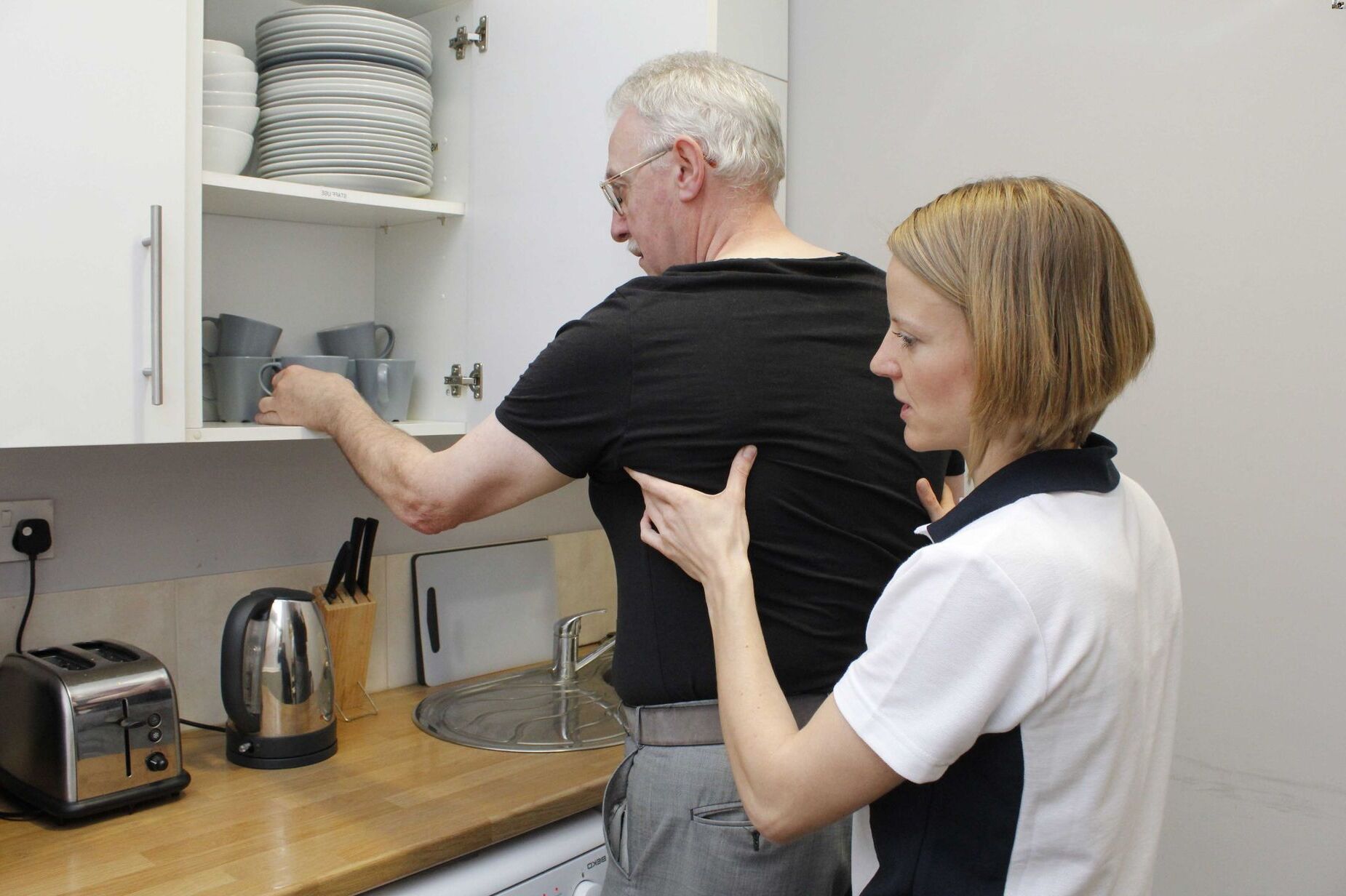
Dejerine–Roussy Syndrome, also known as thalamic pain syndrome, is a rare neurological disorder. It occurs after a stroke affecting the thalamus, a part of the brain responsible for sensory perception. This condition can lead to chronic pain, numbness, and other sensory disturbances. Patients often experience burning or aching sensations, which can be debilitating. Understanding the symptoms, causes, and treatments of Dejerine–Roussy Syndrome is crucial for those affected and their caregivers. This post will provide 20 essential facts about this syndrome, shedding light on its impact and offering insights into managing the condition effectively.
What is Dejerine–Roussy Syndrome?
Dejerine–Roussy Syndrome, also known as thalamic pain syndrome, is a rare neurological condition. It occurs due to damage in the thalamus, a part of the brain responsible for sensory perception. Here are some intriguing facts about this condition:
-
Named After Neurologists: The syndrome is named after French neurologists Joseph Jules Dejerine and Gustave Roussy, who first described it in 1906.
-
Caused by Stroke: The most common cause of Dejerine–Roussy Syndrome is a stroke that affects the thalamus.
-
Chronic Pain: Patients often experience chronic pain on one side of the body, which can be severe and debilitating.
-
Sensory Disturbances: Besides pain, individuals may have sensory disturbances like tingling, burning, or numbness.
Symptoms and Diagnosis
Understanding the symptoms and how doctors diagnose this syndrome is crucial. Here are some key points:
-
Delayed Onset: Symptoms may not appear immediately after the stroke but can develop weeks or even months later.
-
Pain Triggers: Simple touch or temperature changes can trigger intense pain in affected individuals.
-
MRI Scans: Magnetic Resonance Imaging (MRI) is often used to diagnose the syndrome by identifying thalamic damage.
-
Misdiagnosis: Due to its rarity, Dejerine–Roussy Syndrome is sometimes misdiagnosed as other chronic pain conditions.
Treatment Options
While there's no cure, various treatments can help manage symptoms. Here are some treatment facts:
-
Medications: Pain relievers, antidepressants, and anticonvulsants are commonly prescribed to manage pain.
-
Physical Therapy: Physical therapy can help improve mobility and reduce pain.
-
Nerve Blocks: In some cases, nerve blocks are used to alleviate pain.
-
Deep Brain Stimulation: This surgical procedure involves implanting a device that sends electrical impulses to the brain to reduce pain.
Impact on Daily Life
Living with Dejerine–Roussy Syndrome can be challenging. Here are some ways it affects daily life:
-
Sleep Disturbances: Chronic pain often leads to sleep problems, affecting overall health.
-
Mental Health: The constant pain can lead to anxiety and depression.
-
Work Limitations: Many patients find it difficult to maintain regular employment due to pain and sensory issues.
-
Social Isolation: The condition can lead to social withdrawal as individuals may avoid activities that trigger pain.
Research and Future Directions
Ongoing research aims to better understand and treat Dejerine–Roussy Syndrome. Here are some exciting developments:
-
Genetic Studies: Researchers are exploring genetic factors that may predispose individuals to this syndrome.
-
New Medications: Scientists are developing new drugs that target specific pain pathways in the brain.
-
Neuroplasticity: Studies on brain plasticity offer hope for new rehabilitation techniques.
-
Patient Support Groups: Support groups and online communities provide valuable resources and emotional support for patients and their families.
Understanding Dejerine–Roussy Syndrome
Dejerine–Roussy Syndrome, also known as thalamic pain syndrome, remains a complex condition. It often follows a stroke affecting the thalamus, leading to chronic pain and sensory disturbances. Recognizing symptoms early can help manage the condition better. Treatments vary, including medications, physical therapy, and sometimes surgery. While there's no cure, these interventions can improve quality of life.
Awareness and education about this syndrome are crucial. Many people may not realize their pain stems from a neurological issue. If you or someone you know experiences unexplained chronic pain following a stroke, consulting a healthcare provider is essential.
Staying informed and proactive can make a significant difference. Though challenging, managing Dejerine–Roussy Syndrome is possible with the right approach and support. Keep learning, stay vigilant, and seek help when needed.
Was this page helpful?
Our commitment to delivering trustworthy and engaging content is at the heart of what we do. Each fact on our site is contributed by real users like you, bringing a wealth of diverse insights and information. To ensure the highest standards of accuracy and reliability, our dedicated editors meticulously review each submission. This process guarantees that the facts we share are not only fascinating but also credible. Trust in our commitment to quality and authenticity as you explore and learn with us.


